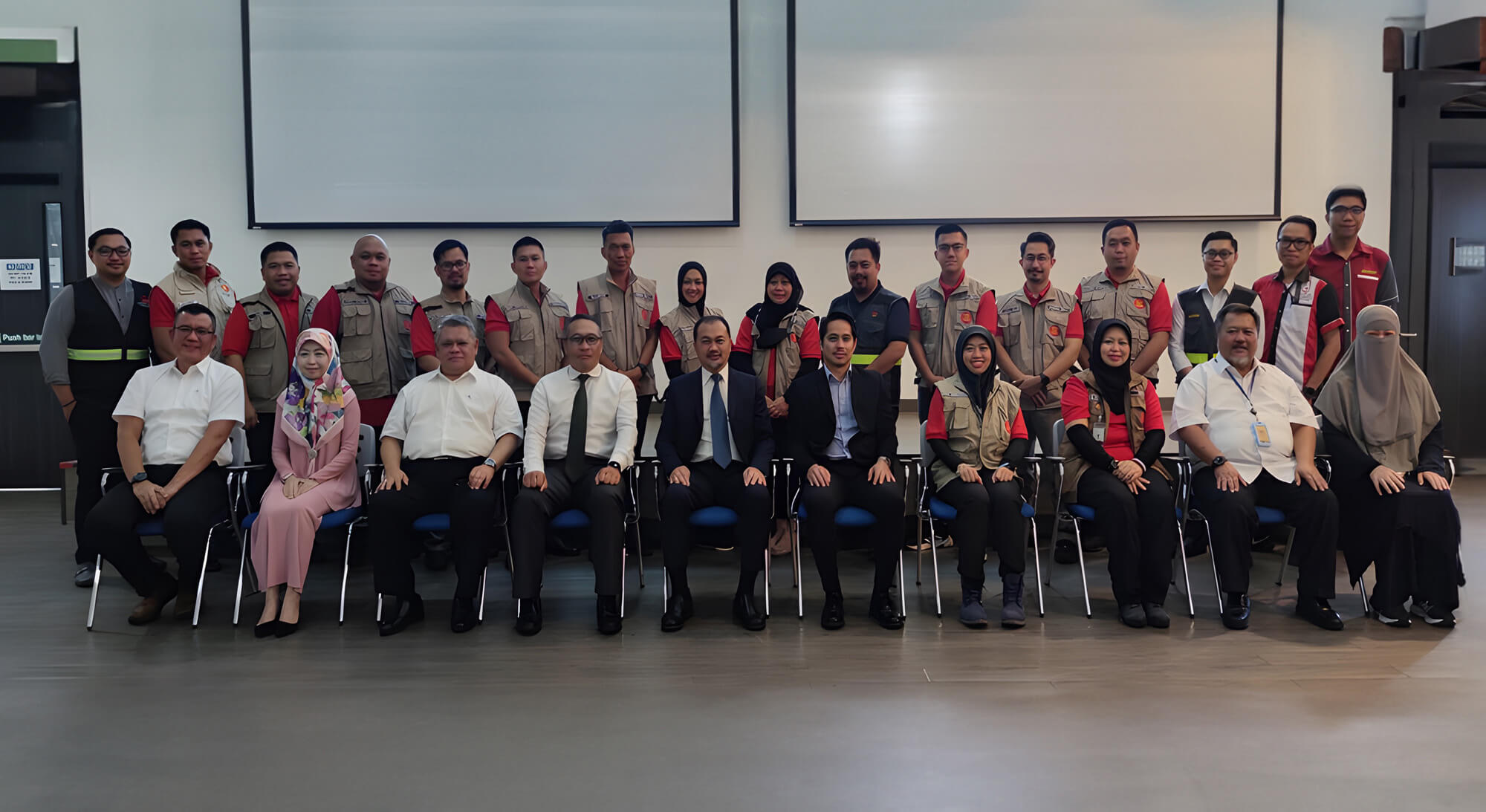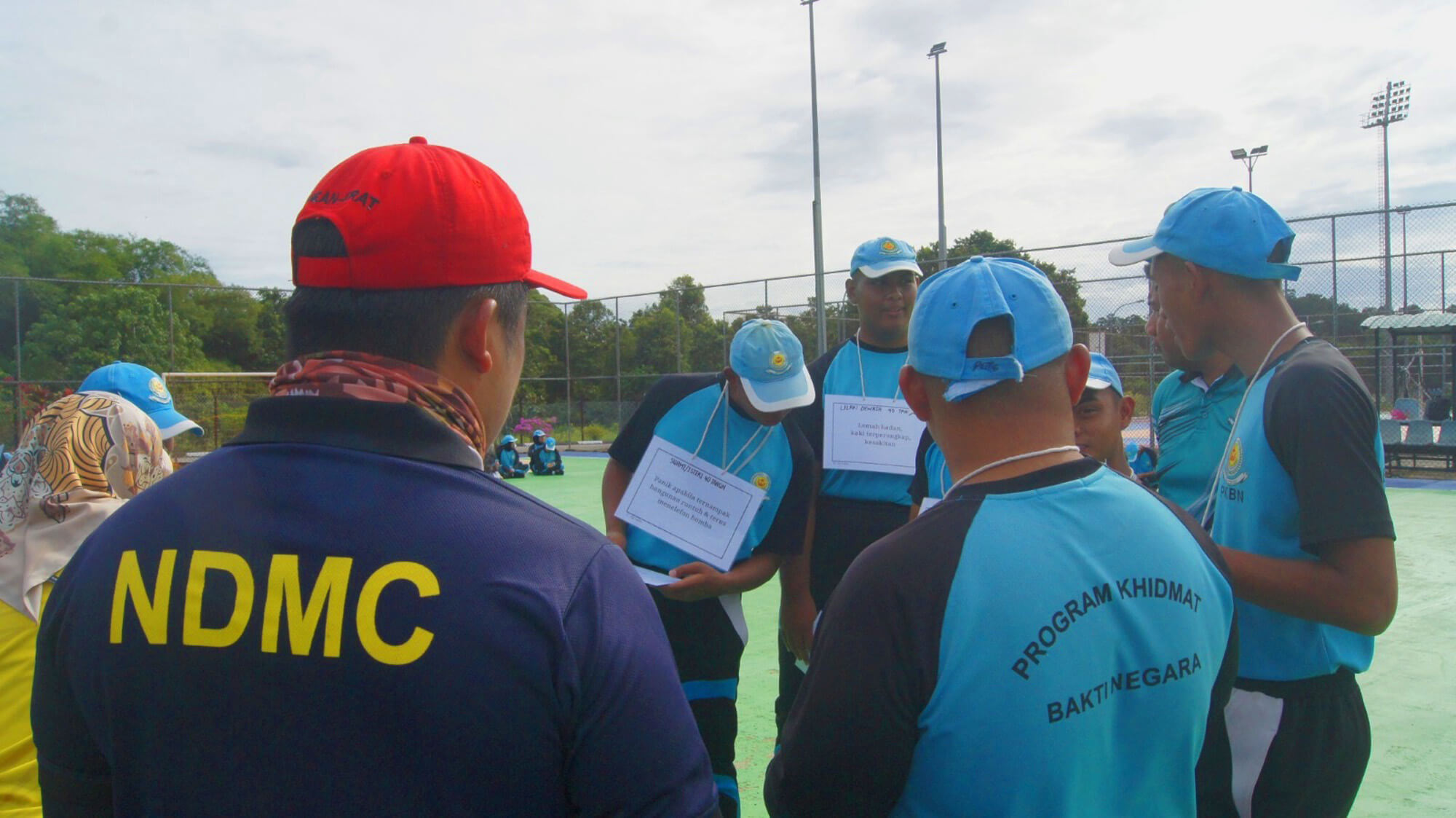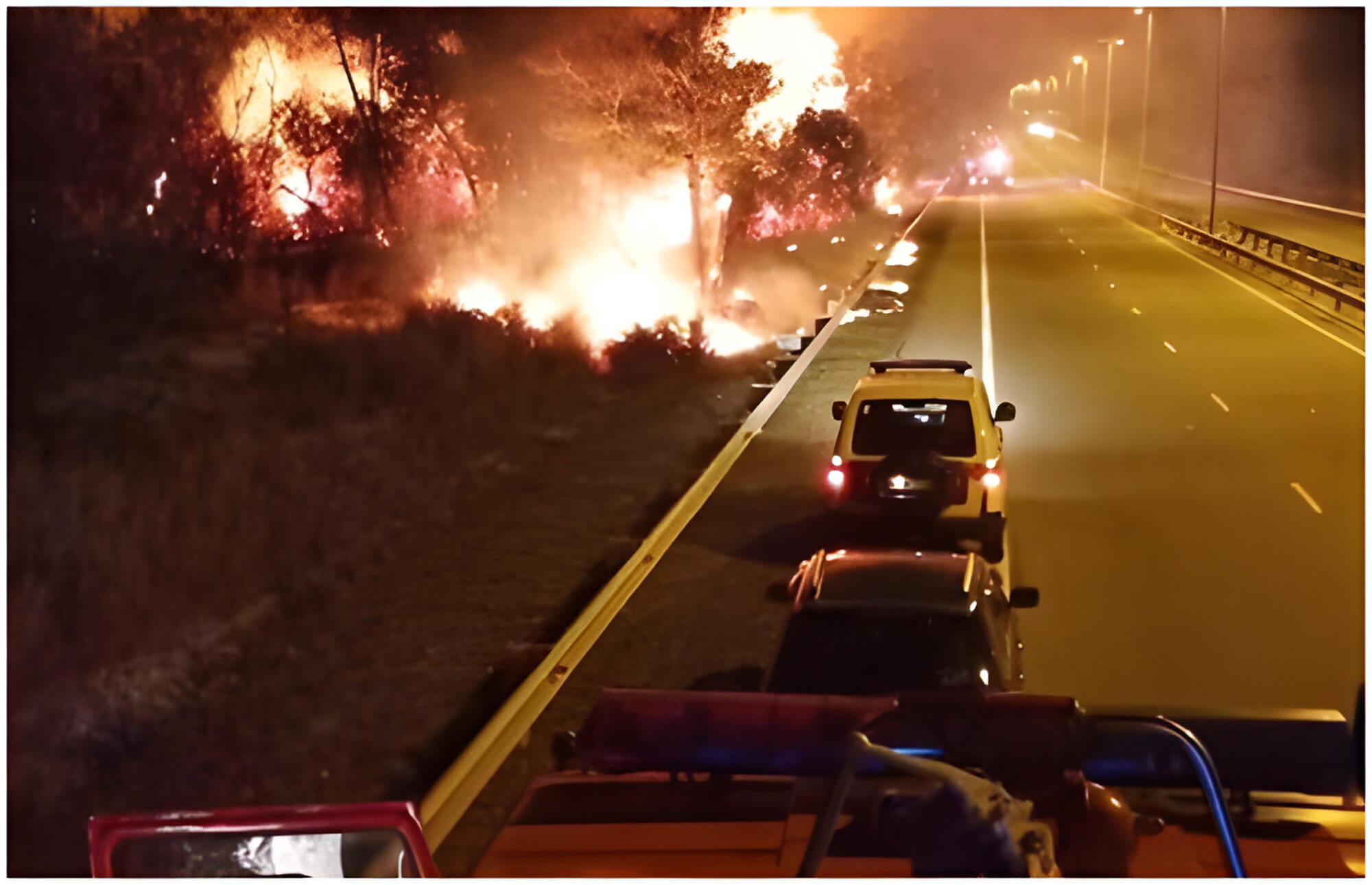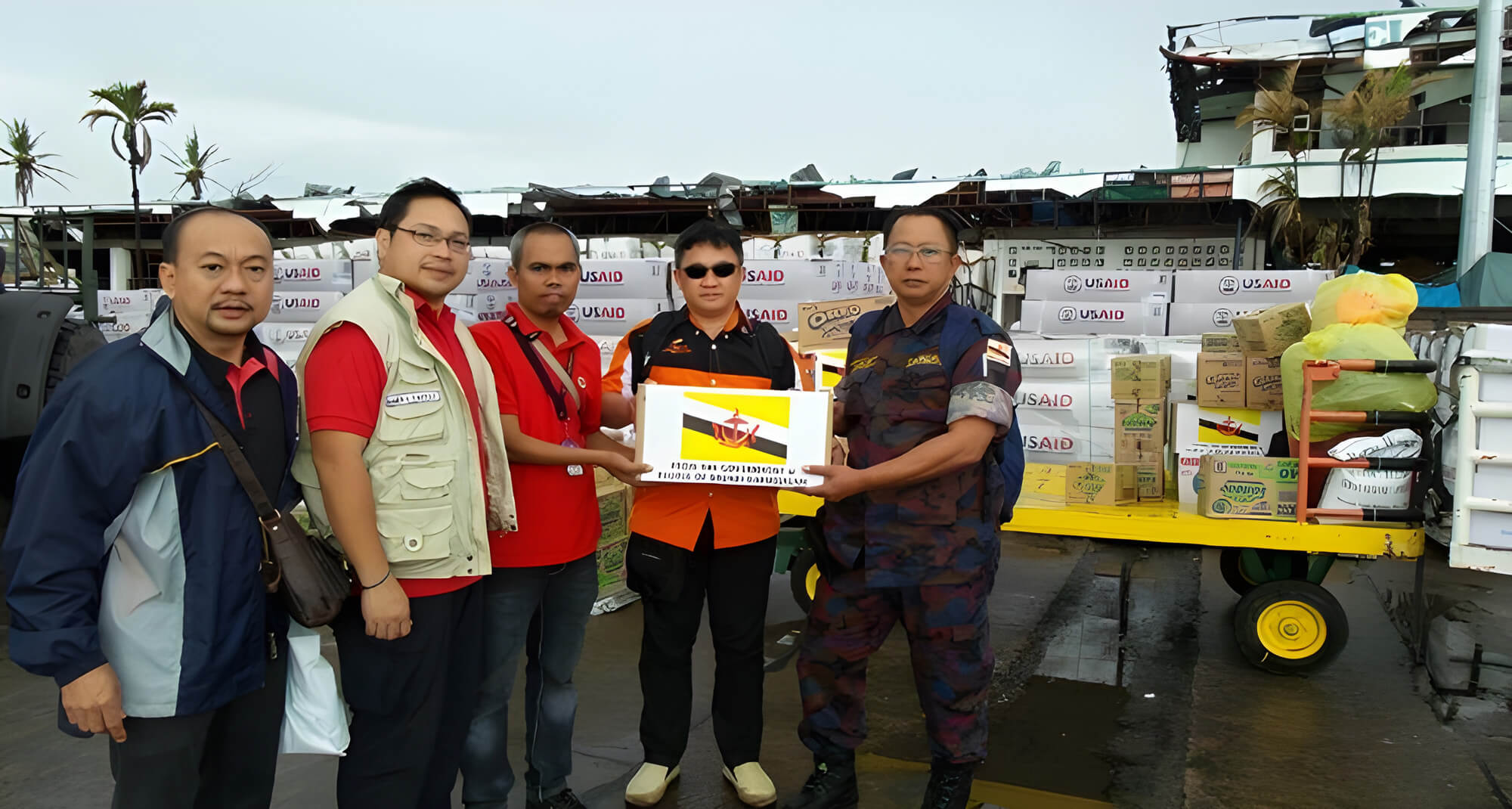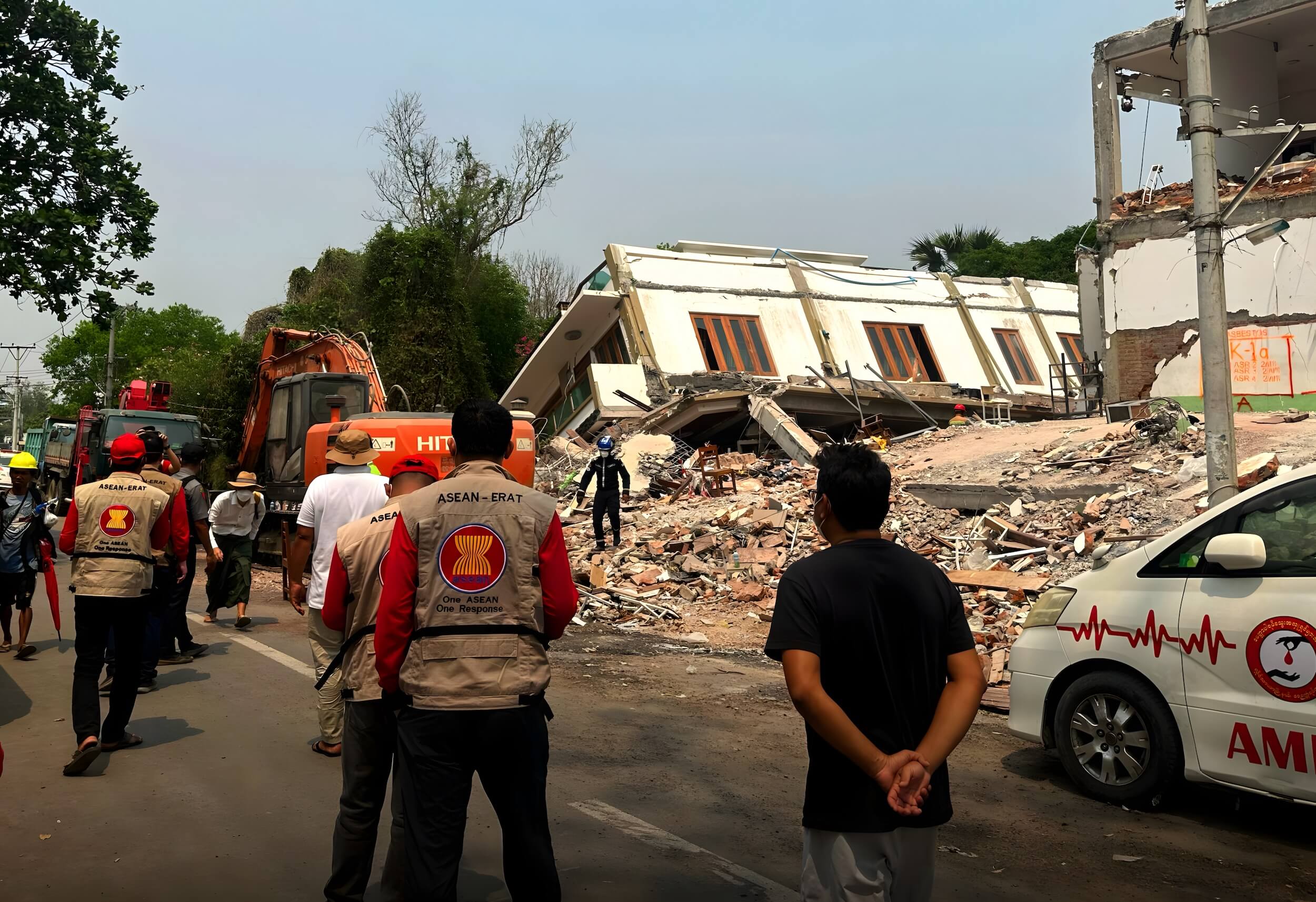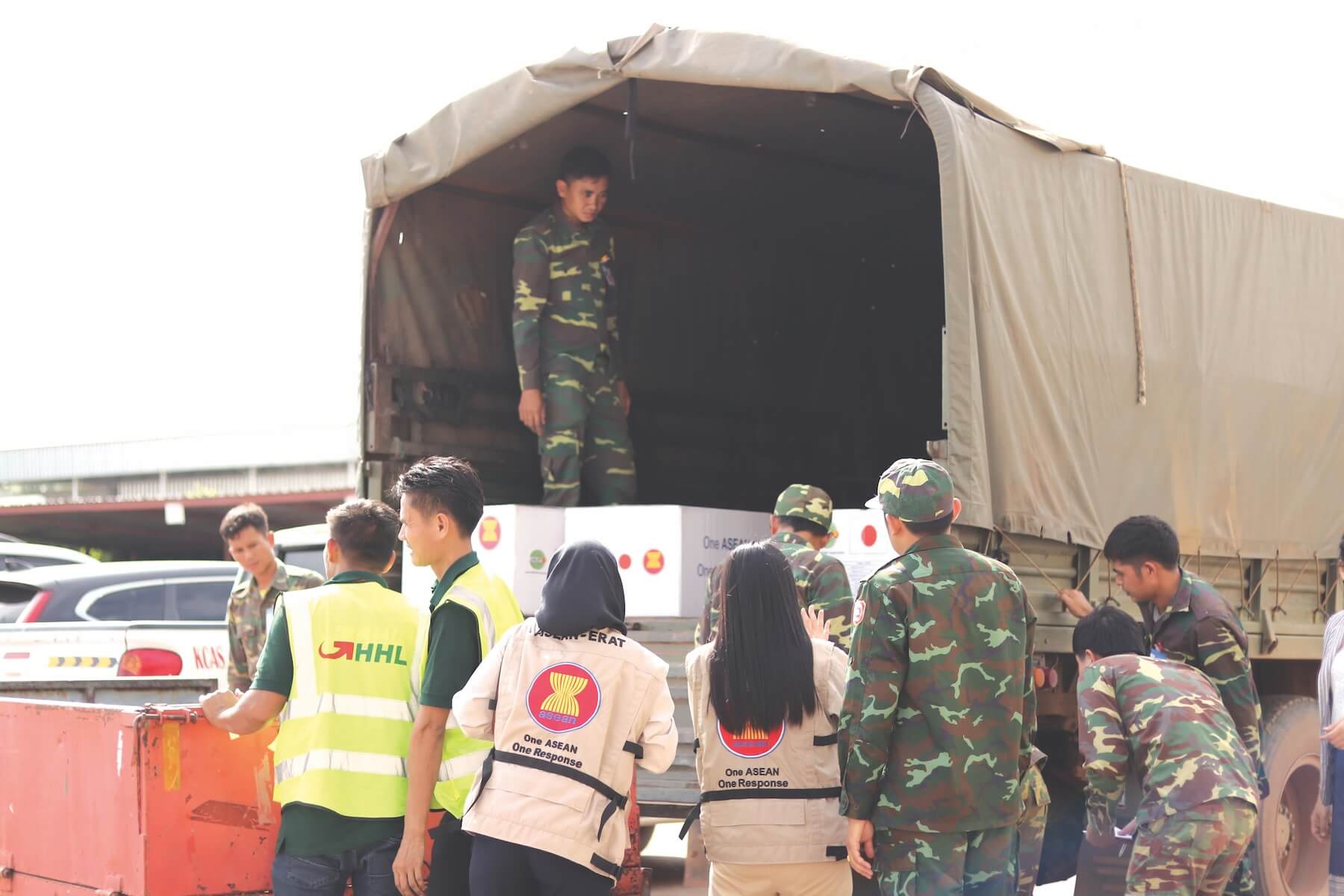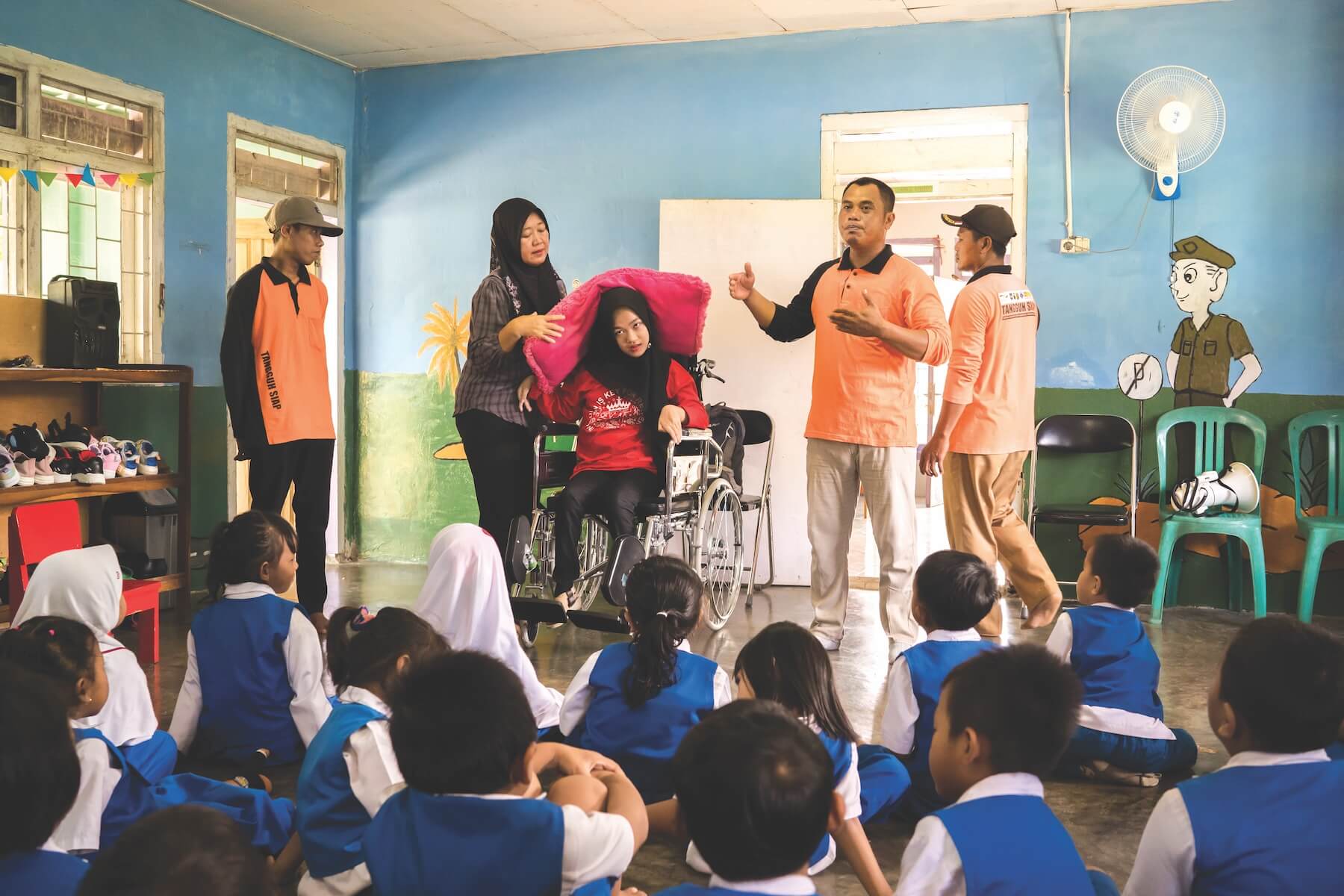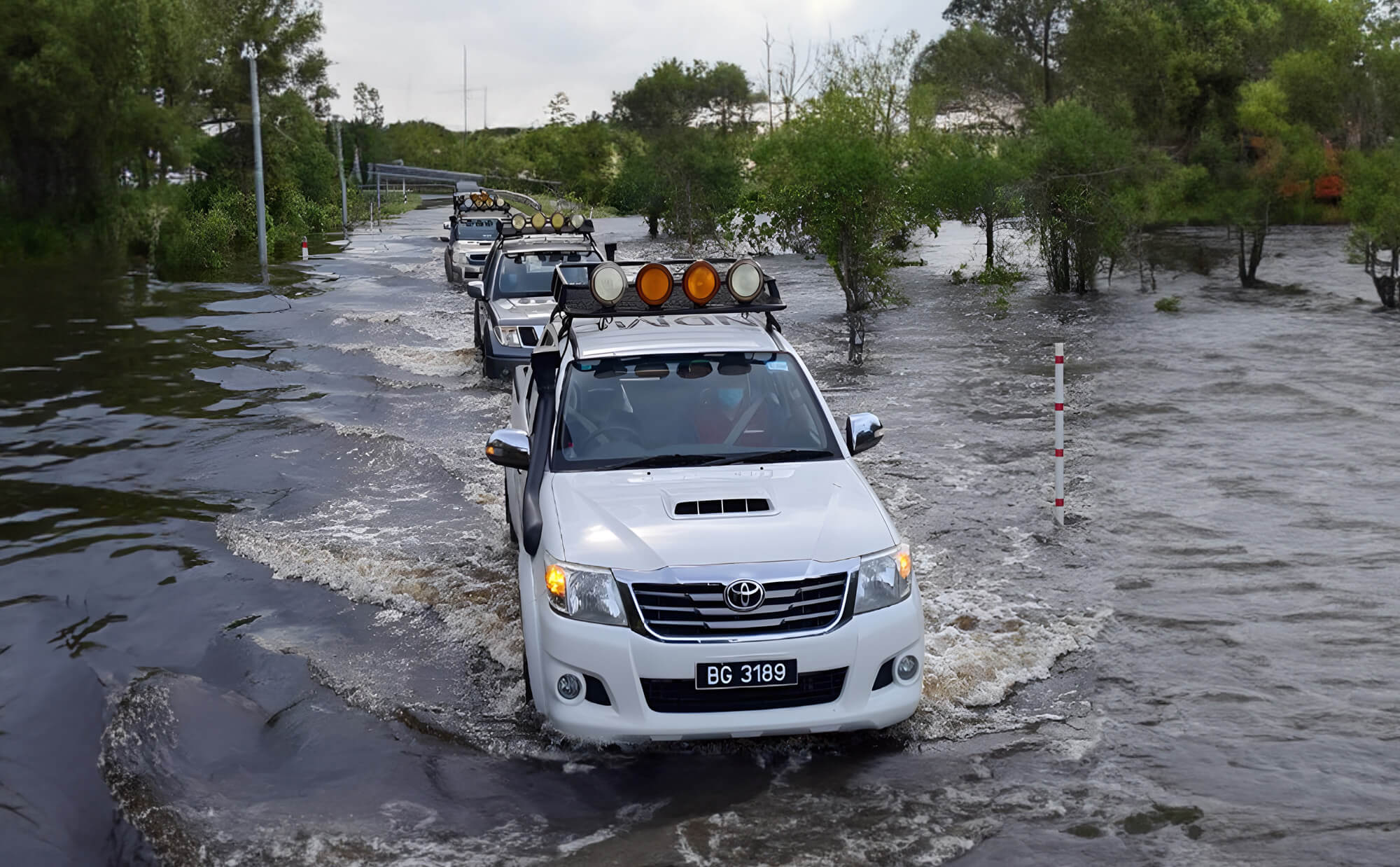




The ASEAN region is one of the most disaster-prone regions in the world. Brunei Darussalam faces a spectrum of hazards with differing frequencies and intensities, notably frequent flooding due to heavy monsoons and coastal vulnerabilities. In 2022, 207 flood incidents were reported, the highest since 2016. Landslides are also an annual occurrence, peaking with 77 cases in 2021. During dry periods, the nation is also at risk of forest fires, with 1,655 reported cases in 2019.
Given the country’s unique disaster landscape and location, it is vulnerable to climate change impacts, including severe natural disasters. In light of these challenges, Brunei Darussalam’s proactive approach towards addressing these issues underscores its commitment to regional progress within ASEAN and sets a precedent for collective action on climate resilience.
Central to the nation’s disaster management mechanism is the Disaster Management Order of 2006 mandating the establishment of the National Disaster Council (NDC) and the National Disaster Management Centre (NDMC), allowing the Government of His Majesty The Sultan and Yang Di-Pertuan of Brunei Darussalam to institutionalise national disaster management and disaster risk reduction initiatives. At the strategic level, the NDC, chaired by the Minister of Home Affairs, provides policy and strategic direction in line with national aspirations on disaster management. Meanwhile, at the operational level, the NDMC, the national focal agency on matters pertaining to disaster management, coordinates all phases of disaster management through a whole-of-nation approach with close cooperation across government bodies.
Brunei Darussalam employs a tiered disaster management system with the utilisation of the National Standard Operating Procedure (NASOP), integrating the incident command system to guide agencies in ensuring a coordinated and effective disaster response. At the Tier 1 Level (District), the District Disaster Management Committee (DDMC) oversees district-level disasters. If the incident exceeds district capacity, it escalates to Tier 2 Level (National), where the NDMC assists the DDMC by coordinating national resources. If it proves insufficient, the Tier 3 Level (International) and international assistance is activated through the ASEAN Coordinating Centre for Humanitarian Assistance on disaster management (AHA Centre) through the ASEAN Standard Operating Procedure for Regional Standby Arrangements and Coordination of Joint Disaster Relief and Emergency Response Operations (SASOP).
Brunei Darussalam’s collaborative approach is incorporated through its multi-agency resources and NGOs’ cooperation. Government bodies such as the Fire Rescue Department, Royal Brunei Armed Forces, Emergency Medical Ambulance Services, and the Public Works Department contribute resources and expertise to boost preparedness and response. NGOs such as Sukarelawan Belia (youth volunteers), Persatuan Kereta Tahan Lasak Brunei (4×4 Vehicles Association), the private sector, civil society organisations like Brunei Darussalam Red Crescent, and grassroots communities unite, pooling resources and expertise, and enhancing cooperation among responding agencies and partners at all levels.
Since 2010, in an effort to bolster community resilience, the NDMC has initiated community awareness programmes such as the Community-Based Disaster Risk Management engaging 1,642 people, whilst the School-Based Disaster Risk Management involved 1,178 teachers and students. Furthermore, the Disaster Preparedness Coordinator Course, launched in 2019, has trained 118 individuals to assist the authorities in disaster preparedness. These programs cultivate community involvement and preparedness in alignment with the national vision “Wawasan 2035” by including disaster risk reduction to improve overall quality of life.
ASEAN excels in emergency responses through the SASOP and the ASEAN Joint Disaster Response Plan, enhancing the speed, scale, and solidarity of ASEAN’s response. Furthermore, Brunei Darussalam’s commitment to disaster response is evident in deploying ASEAN-ERAT members to assist in rapid needs assessment and humanitarian assistance in six missions, including Typhoon Haiyan (2013) and the Central Sulawesi Earthquake and Tsunami (2018), and most recently, Tropical Cyclone Mocha—providing invaluable lessons learned which can be applied domestically to enhancing the country’s own disaster preparedness and response strategies.
Meanwhile, hosting the 11th ASEAN-ERAT Induction Course in 2019 and continuous participation in the ASEAN Regional Disaster Emergency Response Simulation Exercises (ARDEX) showcases Brunei Darussalam’s active engagement in refining regional response capacities. Additionally, when the Central Sulawesi Earthquake and Tsunami struck in 2018, Brunei Darussalam’s contributions towards the ASEAN Village, solely from public donations, underscores the sense of solidarity the people of Brunei Darussalam have for those affected by disasters.
Reflecting on the past 20 years, ASEAN has taken significant strides in the pursuit of becoming a global leader of disaster management, notably through the ASEAN Agreement on Disaster Management and Emergency Response (AADMER), signed in 2005 and enforced in 2009. AADMER solidifies Member States’ commitment to disaster preparedness, outlining responsibilities during crises. In 2016, the ASEAN Declaration on One ASEAN, One Response further strengthened ASEAN Member States’ unity in disaster response. It signifies a borderless, collective effort to provide aid and support during disasters. Aligned with the ASEAN Vision 2025 on Disaster Management, the region aims for elevated disaster preparedness and recovery reflecting ASEAN’s commitment to a safer, more resilient environment through continuous improvement and innovation.
The crucial lessons from ASEAN-led disaster management mechanisms have impacted Brunei Darussalam, including the importance of sharing resources and expertise, capacity-building initiatives, ongoing professional training, and continuous disaster response plan refinement. The nation has localised the Disaster Emergency Logistics System for ASEAN (DELSA) mechanism by establishing five DELSA storage facilities in disaster-prone areas to facilitate rapid response. Meanwhile, the integration of the ASEAN Disaster Monitoring and Response System showcases the commitment to real-time global hazard monitoring and fostering a robust regional response network.
Through its involvement with the ASEAN Committee on Disaster Management (ACDM), Brunei Darussalam’s NDMC has bolstered its disaster response capabilities while also contributing to the capacity building of various agencies. Alongside active engagement in all three ACDM Working Groups under the AADMER Work Programme 2021-2025, Brunei Darussalam also co-chairs the Taskforce to Review the Financial Rules of the ASEAN Disaster Management and Emergency Relief (ADMER) Fund. Having hosted the 5th Meeting of the ACDM Working Group on Preparedness, Response and Recovery and the inaugural One ASEAN, One Response Roadshow this year, Brunei Darussalam will continue to build upon this momentum.
The ACDM’s resolute dedication to safeguarding the region’s prosperity during adversity is evident. Continuous collaboration with ASEAN Member States, government agencies, private sectors, ASEAN dialogue and development partners and international organisations is vital for integrated disaster management. The NDMC takes pride in ACDM’s remarkable progress to become a global leader in disaster management. Brunei Darussalam reaffirms its commitment to engage actively in ASEAN initiatives, particularly as it assumes the chairmanship of AMMDM and ACDM in 2024. This role underscores Brunei Darussalam’s determination to advance regional disaster management, promote solidarity, and ensure ASEAN nations’ well-being amidst evolving challenges.
Authored by the National Disaster Management Centre, Brunei Darussalam
